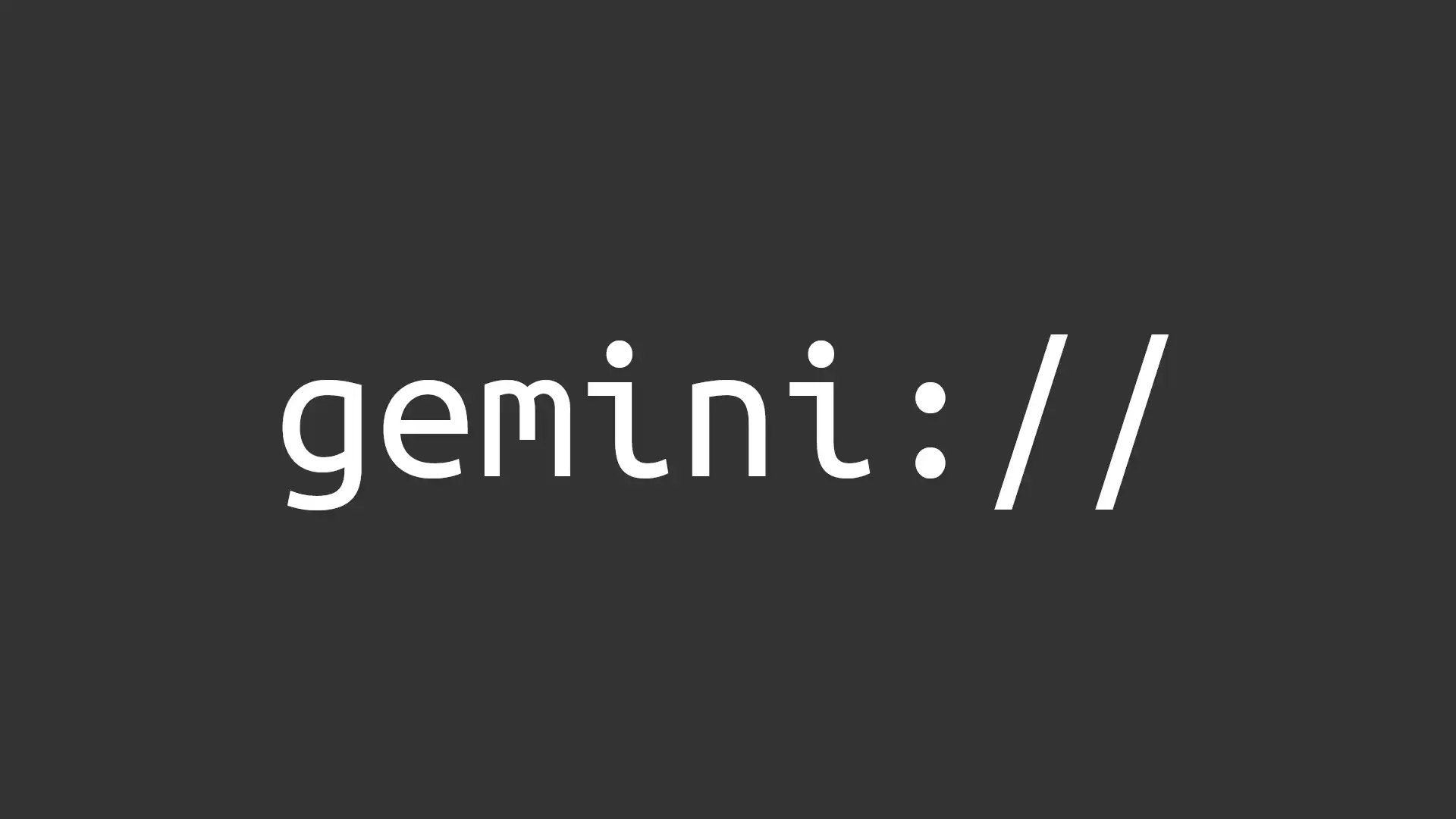
The Gemini protocol: what can it (not) do?
First adventures into gemini:// space
Published on Aug 16 2023
Q: Can Gemini only send and receive text?
The opening sentence on the Project Gemini site is the following:
Gemini is a new internet technology supporting an electronic library of interconnected text documents.
…
It’s timeless, and deserves tools which treat it as a first class concept, not a vestigial corner case
In other words, Gemini is an Internet protocol that makes interconnected text documents the top priority. No images, no multimedia, no styling or client scripting, no applications, no games.
I read this and incorrectly interpreted it as “Gemini can only send and receive text files”, which is not the case. Text files are just the main thing. This distinction is important enough that I’m writing this with the hope that it will give clarity to other people learning about Gemini.
Q: So Gemini can send and receive any kind of file?
Here’s how I understand it:
Servers can send any file type, but can only receive text.
Clients can only send text (including as a form of user input) and receive any filetype. However: any non-text file that can’t be displayed gets downloaded so that the user may open it in a supported program.
Let’s put some of this into practice as an example in the next section.
It’s not about what you can send, but what you can show
Really some of my confusion came down to the difference between what a Gemini client is expected to be able to render and display versus what it can actually receive (and just save as a file).
That’s to say you can download images from a server over Gemini. But you can’t see them in your browser, because the specification is all about rendering text only. You’ll need to open the downloaded image in another application (or use a client that breaks the spec).
Clients can’t upload images, nor do servers support receiving them.
You can get user input though
Not being able to upload things like images scratches a few potential project ideas off my list (like making a piclog clone). We can get user input though. So a status.cafe clone shouldn’t be off the table.
Exploring how user input is obtained is something I’ll leave as an exercise to the reader. You’ll want to review the Gemini protocol specification. Start with Section 3.2.1, and happy hunting.